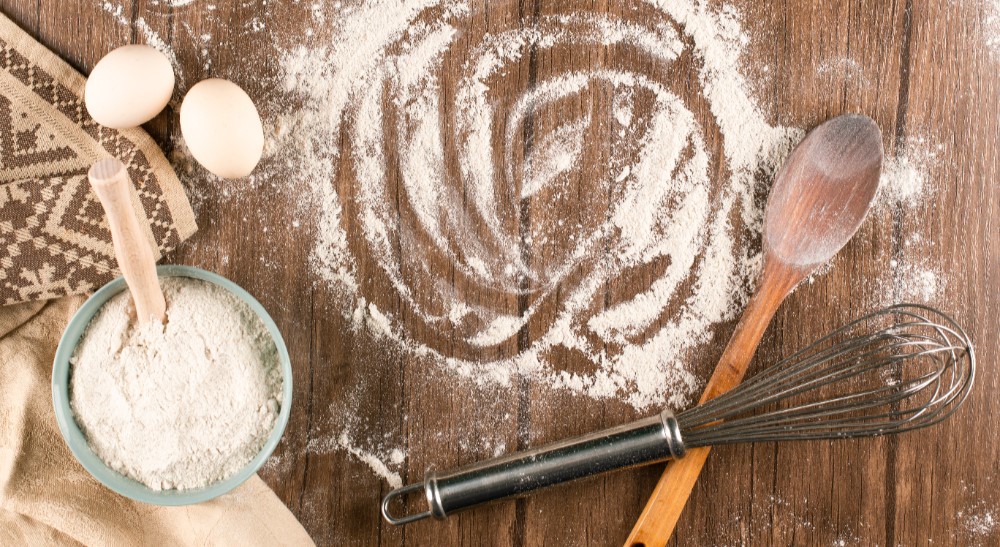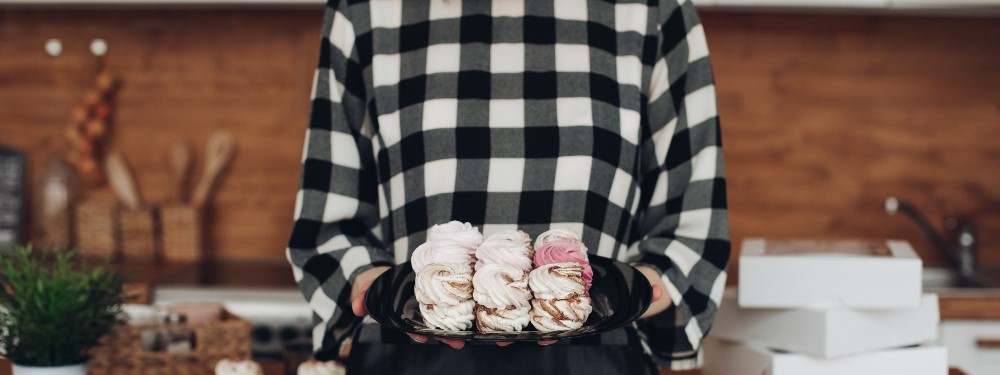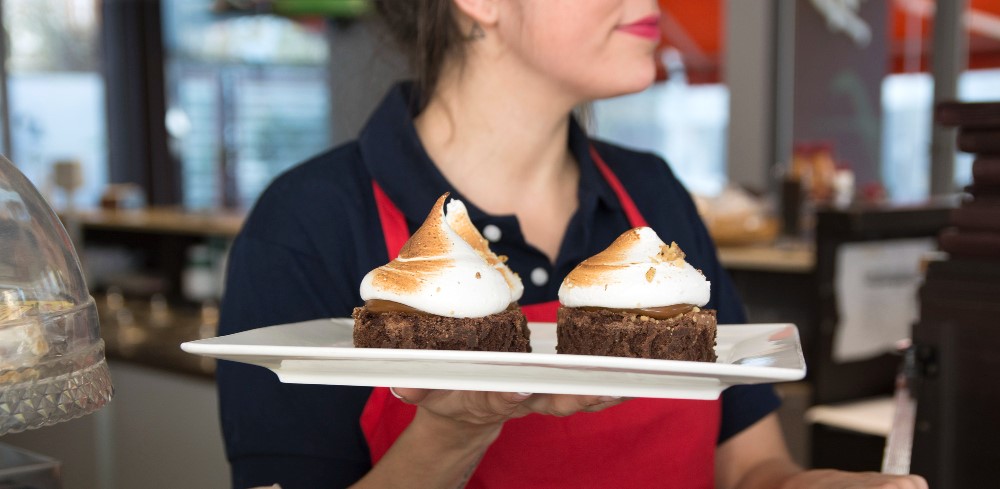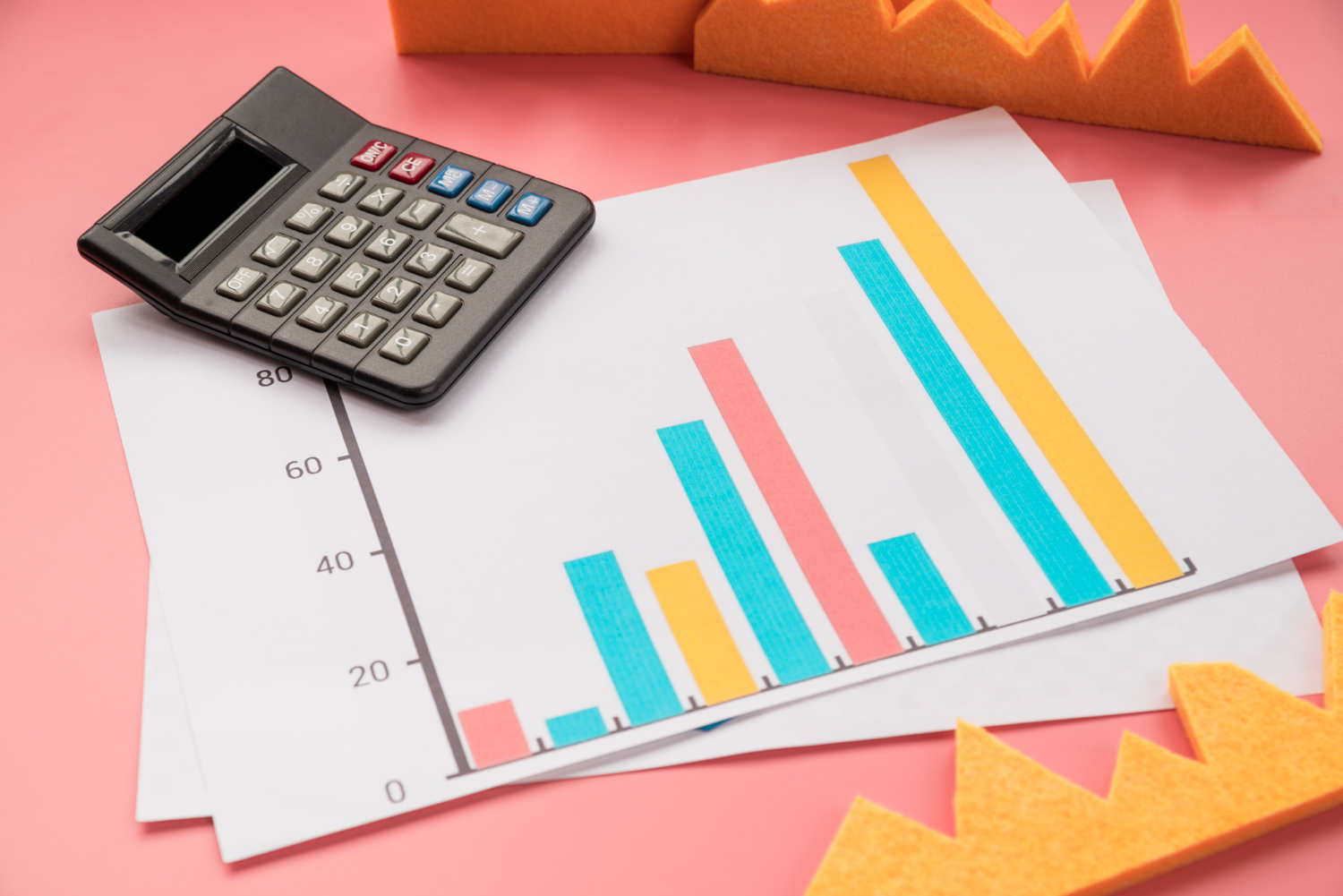

If you’re a budding baker, or perhaps inspired by The Great British Bake Off, you might be thinking about starting your own cake business. Many passionate bakers began selling their creations online during the pandemic, turning a hobby into a source of income. But what if you want to take it a step further and launch a full-time business?
If that’s you, this guide will help you every step of the way. We’ll cover:
- Market research
- Business model
- Pricing
- Marketing
- Setup (licences, insurance, permits)
- Funding
- Financial planning
What is the target audience for a cake business?
Before the baking begins, you need to address the “boring” bits like identifying your target market.
Who is your business for? Are you aiming for a small side hustle or planning to grow a larger enterprise? Your long-term goals will shape your target audience and business plan.
Market research is crucial but often overlooked. Simply saying “I’ll sell to people who like cakes” or assuming you have no competitors won’t cut it. You need to dive deeper to understand your audience and competition.
Where to find your cake business customers and competitors
Start by asking, “Who is my ideal buyer?”
It’s not enough to say “people who like cakes.” Think about why they’re buying: Is it for regular indulgence, a special occasion, or perhaps a wedding?
For example, you might target customers who want bespoke cakes for celebrations. But if your area’s market doesn’t support intricate designs, you may need to adapt and offer simpler, more affordable options.
Where to look for customers
Begin locally, as transporting cakes long distances can be tricky. Focus on a 10-mile radius around your base. Social media platforms, especially Facebook, are great for finding customers. Join local community groups and use filters to connect with potential buyers.
These platforms are also valuable for competitor research. Look for other cake businesses in your area and analyse their offerings, pricing, and target audiences. This insight will help you refine your strategy.
Business models for cake businesses
Your business model outlines how you’ll make money. Most new cake businesses start by selling directly to consumers. This keeps costs low, as you’re handling everything from baking to delivery. However, it also limits your capacity as you grow.
Later, you could expand by franchising, opening a storefront, or partnering with local cafes.
Pricing your cakes
Pricing is a balancing act. Use your market research to determine what people are willing to pay and what competitors charge.
Avoid the trap of simply undercutting competitors. Your cakes aren’t identical to theirs, and quality matters. Undervaluing your work can hurt your brand. Instead, find a sweet spot where quality, design, and price align to attract customers.
Marketing your cakes
Marketing is essential for driving sales. Social media platforms like Instagram and Facebook can be powerful tools, especially when you’re starting out.
- Join local groups and engage with posts related to cakes, birthdays, or weddings.
- Set up a business page, share your creations, and encourage customer reviews to boost your visibility.
- Post photos of all your bakes. Use relevant hashtags to increase your reach.
- Instagram is perfect for showcasing the visual appeal of your cakes.
Branding
- Design a logo and establish a unique identity to make your business memorable.
Setting up your cake baking business
When selling homemade food, it’s essential to meet UK food safety standards. From proper training to ensuring your preparation area meets hygiene standards, there are crucial steps to take before selling your first cake.
Register as self-employed
Most new businesses start as sole traders. Registering as self-employed is straightforward and ensures you’re ready to report income to HMRC. You won’t pay tax until your earnings reach the threshold.
If you’re outside the UK, check with your local authority.
Register your premises
Whether baking from home or a rented space, you’ll need to register with your local council. They’ll inspect your kitchen to ensure it meets hygiene standards. This process is free and vital for legal compliance.
Get the right food safety training
Even experienced bakers should consider completing a food hygiene course, such as Food Safety Level 2. These courses are affordable and ensure you’re aware of the latest food safety practices.
Cake baking rules & regulations
UK regulations cover everything from safe food storage to keeping your kitchen pest-free (including pets). Following these rules is critical to avoid penalties and maintain your business reputation.
So, do you need insurance for my baking business?
At a minimum, you’ll need:
- Public Liability Insurance: This will protect against claims of injury or property.
- Product Liability Insurance: This will covers claims related to food quality.
As you grow, additional insurance like employer liability may be necessary if you hire staff.
Funding your cake business
The good news? Starting a cake business doesn’t require heavy initial investment. Most bakers can begin with basic home equipment. However, as you scale, you may need funding for specialised tools or new premises.
Consider applying for small business grants or loans if your business needs more significant upgrades.
Creating a financial plan for a cake business
No matter the size of your business, a financial plan helps you manage income, expenses, and growth. Even small home businesses should track finances to simplify tax returns and ensure profitability.
Follow along in our financial planning tool:
Brixx simplifies forecasting, offering a clear view of your cash flow, profit, and balance sheets. It’s easier than spreadsheets and helps you make data-driven decisions. We recommend signing up to follow along.
Step 1: Setting up your plan
When you’ve created your Brixx account, you’ll be presented with your first plan screen. Name your plan, choose a start date, and select a forecast period (3 years is a good start).
Step 2: Sales forecast
Estimate how many cakes you’ll sell monthly, using data from your market research and marketing efforts. Create different scenarios – best, base, and worst-case – to prepare for different outcomes.
Step 3: Cost of Sales
Include ingredient and delivery costs. These will automatically update your reports, showing how much each sale contributes to your profits.
Step 4: Enter any ongoing and monthly costs
Add recurring expenses like insurance, utilities, and marketing.
In Brixx, you can enter these in the “Operating costs” section.
Step 5: Assets
Enter large purchases, like ovens or mixers, to track their value over time. Use Brixx’s depreciation feature to reflect asset wear and tear.
Final steps
Once your data is in, Brixx generates detailed reports, helping you:
- Identify cash flow challenges.
- Test scenarios like moving to a larger space or hiring staff.
- Plan for sustainable growth.

Ready to turn your passion for baking into a profitable business? Sign up for Brixx today and get your financial plan in place. It’s free to start, and no card details are required!
















